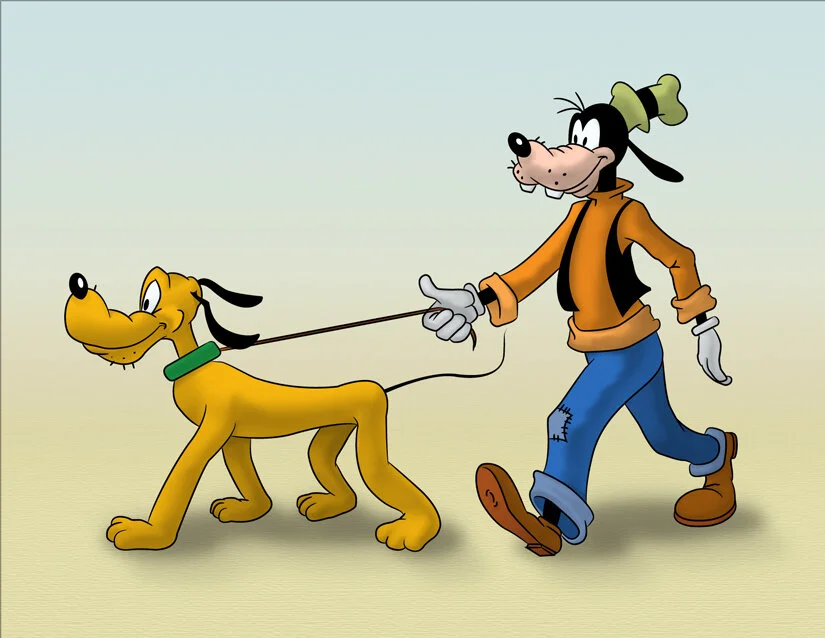What a year it has been. What a year it always is.
As with every year, there have been many ups and downs. Some excitement and some drudgery. Below is a collection of my thoughts as I look back over 2019 and look ahead to 2020.
Some highlights:
My wife found a job she loves. She is doing something she is excellent at somewhere that appreciates and values what she brings to the table. It’s true what they say: happy wife, happy life!
We moved much closer to downtown Columbus this summer which has been a huge standard of life improvement. Shorter commutes. Better apartment. Closer to friends. Big thumbs up.
We have made a ton of great friends in Columbus this year and have really enjoyed being more social with them!
We have found a church that we love and have grown a lot in our faith in 2019. Still a lot of room to grow, but this has been an extremely positive part of the last year. We even joined a small group of other young married couples which has been a great place to find fellowship.
I feel like I am in a good exercise routine for the first time since college. Getting back on the horse isn’t easy, but now making it to the gym feels like my ‘default’ as opposed to some big effort, which feels like a really good place to be.
I had the opportunity to attend the first Capital Camp event in Columbia, Missouri this summer. It was an incredible experience where I made some great friends. Check out this post to read about my thoughts and takeaways.
Some Lowlights:
We’ve had to deal with some family health issues this year which has been hard.
Despite getting into a good exercise routine, I am not very happy with where I am at weight/general fitness wise. Maintaining a healthier diet is a big focus of 2020 for me.
Work has been somewhat of a mixed bag. I love so much of what I do, but feel like my learning curve has slowed down over the last few months. We are undergoing some organizational changes and I am hoping the shake up steepens my learning curve again.
A major positive this year has been a redoubled focus on learning. I have read (listened to) more non-fiction books this year than ever before and have had a few major lessons that have risen to the top of my educational journey.
Lessons:
The importance of structure to organizations and people
Structure defines incentives => incentives define behaviors. I have written previously about how my study of structure has been a major theme over the past year. It is a topic that keeps on coming up for me and I have seen it crop up in both my personal and professional lives. Structures and the incentives they lead to is definitely something I have a newfound appreciation for and will continue to pay attention to in the future.
Quality over quantity
I have gained an appreciation for the importance of quality over quantity. Time. Actions. Effort. Thought. Relationships. It’s easy to spin your wheels and not make progress. I think the idea that quality and quantity are always inversely related is perhaps a bit too simplistic, but I have found that focusing on moving the needle for one or two pursuits that I really care about has had a much more beneficial effect than amassing a high quantity of something of more middling quality.
Clear communication
Something I continue to work on. I have tried to become much more direct and clear in my communication with others. What my stance or point of view on a topic or opportunity is. In the past, I have spent too much time and energy worried about how others may react to my beliefs and have tempered them. I have been worried about hurting someone’s feelings so I have pulled my punches and I have found it almost always comes back to bite me. My brother is a master at this and I have always respected him for it. If he doesn’t want to do something, he will say so in a direct and (usually) respectful way. Before I would find myself dragged into situations I didn’t want to be in because I was worried about what the effects would be of my saying no. I have learned that is much better for me and everyone else involved if I can be clear and upfront about where I stand and then we can grapple with the fallout accordingly. I now believe that introducing ambiguity into a situation in the hope of protecting others’ feelings will almost always lead to more damage in the long run than clearly communicating upfront.
Optimize for people
Something I have not necessarily done a great job of being intentional about is optimizing the quality of people I have spent my time with. I have been lucky I have accomplished this organically more often than not, but in situations where I have not focused on optimizing for spending time with the best and brightest, it has really come back to bite me. Time is so valuable and who I choose to spend my time with has clearly become on of the more important decisions I make on a regular basis. While it has been an ancillary consideration in the past, for future opportunities the caliber of people I will be around will be rising to a primary concern.
Culture is what you do, not what you say
One of my favorite books I read this year was Powerful by Patty McCord. It’s a book whose central premises are that A) workers want to be treated like adults while working on tough problems with smart people and B) culture is what you do, not what you say. This mindset has really resonated with me over the last year and informed much of how I now view organizations. It seems like to me for all the focus on culture building there is in the modern workplace, these two simple axioms are too often missing.
Some areas of focus for me as I look ahead to 2020:
Purposeful learnings
An offshoot of my learnings on quality versus quantity, I want to be much more purposeful about my learning. To me this means investing into programs that really will make a positive impact on my growth, versus simply passively consuming content. Less free newsletters, more paid. Less free content, more classes. Less podcasts, more books. One preemptive step I have taken on this front is purchasing the No-Code MVP class from Bram Kanstein. I am really excited about this program and hope it will add some powerful tools to my toolkit. I am also working on another project in this vein, but that is double top secret at the moment. More to hopefully come soon.
Healthy lifestyle
As previously mentioned, 2019 has been a bit of a mixed bag from a personal health front. I am really happy about where I am at on an exercise front, but really need to make improvements to other aspects of my lifestyle like eating healthier and getting more sleep. I believe that health is largely a momentum game and I hope my success on the exercise front can provide a powerful incentive to make improvements in other areas if I structure it correctly. This is something I am really excited to jump into headfirst in the new year.
Focus
Deep focus for long periods of time does not really come naturally to me. I like to buzz about and make progress on a variety of things instead of just one. Unfortunately, I have found this constant switching can have costs in efficiency. A focus area for me this year is to be more, well, focused. I really want to try to get things done in a focused and efficient manner so I can then move onto other things instead of letting them drag out. I am still thinking through what exactly is the best way to enact this change and I would love to hear any tips you might have about achieving focused work!
This post was originally supposed to be a look back at my predictions from last year as well as a place for me to make some predictions about the year to come. Obviously, the intro got a bit away from me here. I am breaking this post into two parts so I can give each the time it’s due. Check in next week for Part II: Predictions.




